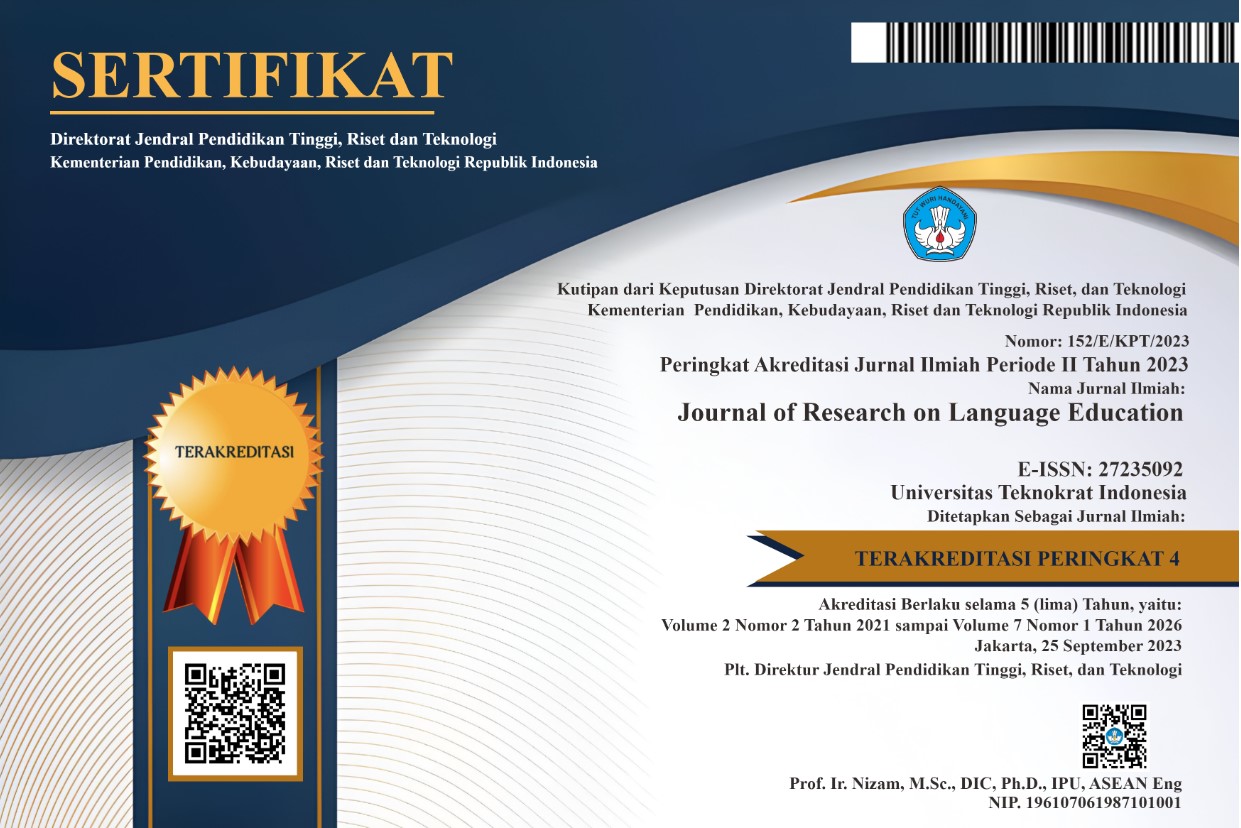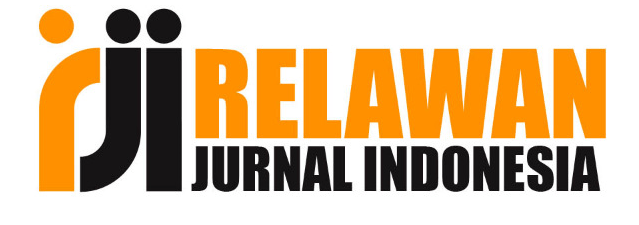INFLUENCE OF SEX ON STUDENTS’ LANGUAGE LEARNING STRATEGIES: A CRITICAL REVIEW
Abstract
Due to the importance of providing learning environment that suits the students’ preference in learning a language, many studies have been conducted on the learning strategies employed by the students. Doro and Habok (2013) investigated the learning strategies of Hungarian young students learning English as a foreign language. The instrument they used was the Strategy Inventory for Language Learning (SILL) for adult. It was statistically found that the instrument was reliable and worked well with the young learners. Another result of the study was that meta-cognitive strategies were the most frequently used while compensation strategies were the least frequently employed by the students. The study also discovered that female students showed higher frequency of learning strategy use. I conducted a similar study on Indonesian young students and tried to compare the result. There will be, however, difference in the instrument to collect the data. After consulting an English teacher who teaches young students, I decided to use the modified SILL for Taiwanese children by Lan (2005). This is due to the consideration that Indonesian students might not be able to fill in the complex questionnaire as in the adult version of SILL.The findings show that Meta-cognitive strategies as the most preferred group of the six strategy categories have exactly the same means of both Doro and Habok’s and my studies i.e. 3.2 and female students appeared to use language learning strategies more frequently that male students.
Keywords
Full Text:
PDFReferences
Chamot, A.U. (2008). Strategy Instruction and Good Language Learners. In C. Griffiths (ed.), Lessons from Good Language Learners (pp.266-281). Cambridge: Cambridge University Press.
Cohen, A.D. (2007). Coming to terms with language strategies: Surveying the experts. In D.C. Cohen & E.M. Macaro (Eds). Language Learner Strategies, pp.29-45. Oxford, UK: Oxford University Press.
Doro, K. & Habok, A. (2013). Language Learning Strategies in Elementary School: The Effect of Age and Gender in an EFL Context. Journal of Linguistics and Language Teaching. 4(2): 25-37.
Goh, C. (2002). Exploring Listening Comprehension Tactics and Their Interaction Patterns. System. 30(2):185-206.
Jin-Suk & Tae-Young (2011). The L2 Motivational Self System and Perceptual Learning Styles of Chinese, Japanese, Korean, and Swedish Students.Retrieved from: https://www.researchgate.net/publication/285827083_The_L2_Motivational_Self_System_and_Perceptual_Learning_Styles_of_Chinese_Japanese_Korean_and_Swedish_StudentsLan, R. L. 2006. Language Learning Strategies Profiles of EFL Elementary School Students in Taiwan. Unpublished Doctoral Dissertation. University of Maryland.
Lestari, M. & Wahyudin, AY. (2020). Language learning strategies of undergraduate EFL students. Journal of English Language Teaching and Learning 1 (1), 25-30.
Mandasari, B., & Oktaviani, L. English language learning strategies: an exploratory study of management and engineering students. Premise: Journal of English Education and Applied Linguistics 7 (2), 61-78.
Mitchell, R., & Myles, F. (2002). Second Language Learning Theories. London: Arnold.
O’Malley, J. M., Chamot, A. U., Stewner-Manzanares, G., Russo, R., & Kupper, L. (1985). Learning strategy applications with students of English as a second language. TESOLQuarterly. 19: 285-296.
Oxford, R. L. (1990). Language learning strategies: What every teacher should know. New York: Newbury House.
Oxford, R. L. & Bury-Stock (1995). Assessing language learning strategies worldwide with the ESL/EFL version of the strategy inventory for language learning (SILL). System, 37(3), 418-433.
Pinter, A. (2006). Teaching Young Language Learners. United Kingdom: Oxford University Press.
Rubin, J. (1981). Study of cognitive progresses in second language learning. Applied Linguistics, 11(2), 117-131.
Sinaga, R. R. F. & Oktaviani, L. (2020). The Implementation of Fun Fishing to Teach Speaking for Elementary School Students. Journal of English Language Teaching and Learning, 1(1), 1-6.
Saville-Troike (2006). Introducing Second Language Acquisition. Cambridge: Cambridge University Press.
Wahyudin, A. Y. (2017). The Effect of Project-Based Learning on L2 Spoken Performance of Undergraduate Students in English for Business Class. The Ninth International Conference on Applied Linguistics (Conaplin 9), 42-46.
Wahyudin, A. Y. (2018). The impact of online peer feedback on EFL students’writing at tertiary level. BAHTERA: Jurnal Pendidikan Bahasa dan Sastra 17 (1), 1-10
Wahyudin, A. Y. & Rido, A. (2020). Perceptuals learning styles preferences of international Master's students in Malaysia. BAHTERA: Jurnal Pendidikan Bahasa Dan Sastra 19 (1), 169-183.
Williams, M., & Burden, R. L. (1997). Psychology for Language Teachers: A Social Constructivist Approach. UK: Cambridge University Press.
Yang, N. (2002). Integrating portfolios into learning strategy-based instruction for EFL college students. IRAL, International Review of Applied Linguistics in Language Teaching, 41(4), 293-325.
Yilmaz, C. (2011). Teachers’ perceptions of self-efficacy, English proficiency, and instructional strategies. Social Behavior and Personality: An international journal, 39(1), 91-100.
DOI: https://doi.org/10.33365/jorle.v2i1.1006
Refbacks
- There are currently no refbacks.

This work is licensed under a Creative Commons Attribution-NonCommercial-ShareAlike 4.0 International License.

Articles published in Journal of Research on Language Education is licensed
under a Creative Commons Attribution-ShareAlike 4.0 International License.
English Education Study Program, Faculty of Arts and Education.
Universitas Teknokrat Indonesia
Zainal Abidin Pagaralam 9-11 Bandar Lampung, Indonesia
All rights reserved.








